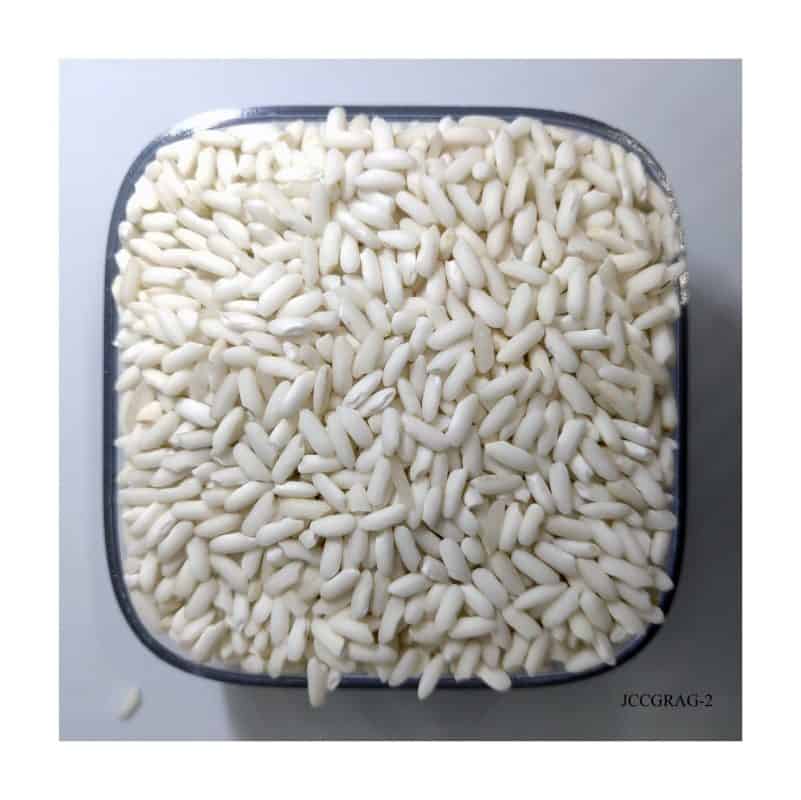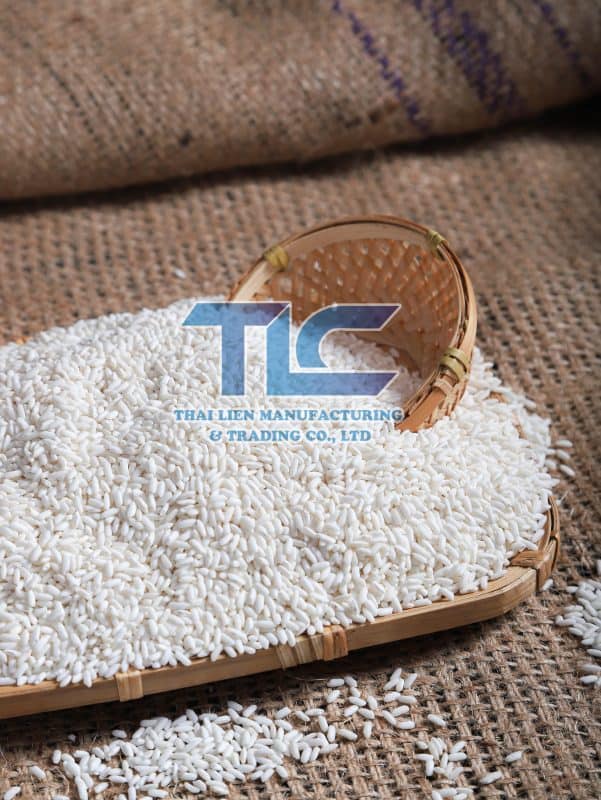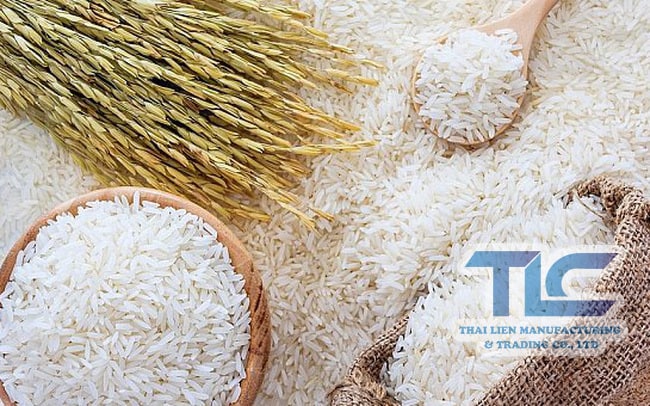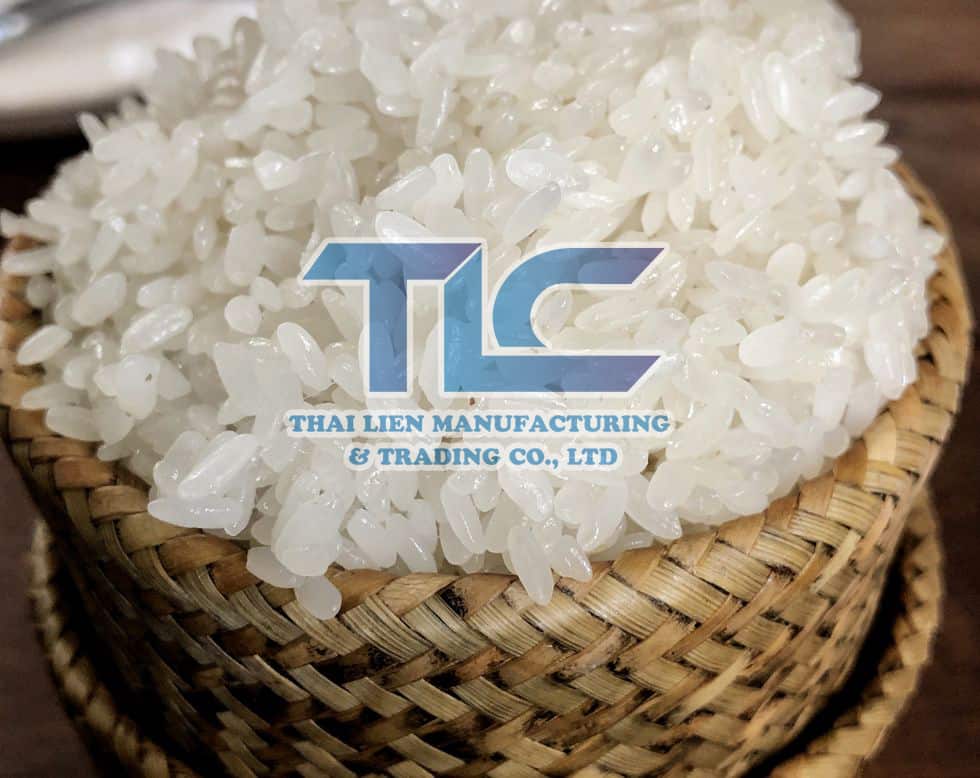All types of rice have the ability to become sticky, but Vietnam sticky rice is different. It lacks a starch that’s one of the primary starches in regular rice. Because of its starch composition, the grains of rice clump together, truly making it a “sticky” rice. Sticky rice is less nutritious overall than regular rice, but it’s rich in protein, fiber and zinc.

Basics
Even though sticky rice is consumed throughout Asia, it’s often called Vietnam sticky rice because it’s the preferred type of rice used as a staple in Vietnam. Sticky rice has several different names, but the two you’re most likely to hear — sweet rice and glutinous rice — are misleading because it’s not sweet and it doesn’t contain gluten. The term glutinous refers to its quality of being gluey. It’s white and opaque when raw and becomes translucent when cooked, compared to regular rice that turns opaque when prepared.

Macronutrients
One cup of cooked sticky rice has 169 calories and 37 grams of total carbohydrates. It contains 3.5 grams of protein, which is 6 percent of the recommended daily intake for men and 8 percent for women. Men get 5 percent of their daily value for dietary fiber, while women gain 7 percent.
Zinc
Zinc regulates genes, facilitates communication among cells and helps stabilize the structure of cells. Zinc is needed by almost 100 different enzymes that catalyze critical chemical reactions, according to the Linus Pauling Institute. It supports the immune system by stimulating the development of white blood cells that fight bacteria. It also has an especially important role regulating growth and development. A zinc deficiency can impair your immune system and result in growth retardation and delayed neurological development. One cup of cooked sticky rice provides 6 percent of the recommended daily intake for men and 9 percent for women.
Iron
In addition to carrying oxygen through the body, iron also stores it in muscles so that they have the oxygen they need to function. Some iron-dependent enzymes work as antioxidants that protect white blood cells in the immune system, while others help ensure the production of special cells that coordinate the immune response. As long as you’re not bleeding, your body doesn’t lose a lot of iron every day, yet iron deficiency is the most common nutrient deficiency in the United States, according to the Linus Pauling Institute. One bowl of cooked sticky rice has 3 percent of the recommended daily intake for men and 1 percent for women.

Preparation Tips
Sticky rice grains break down and get mushy if you try to cook them the same way as regular rice. To create the desired “sticky” result, soak the rice for at least six hours so the grains can absorb water, then steam them until they’re tender. After it cools, roll the sticky rice into balls and dip them into soy or spicy sauce, or serve the sticky rice with any type of Asian dish. Make a sticky rice dessert by adding sweetener, milk or coconut milk and topping it with peaches or mangoes.
- THAI LIEN MANUFACTURING & TRADING COMPANY
- Address: 2nd Floor, P&T Office Building 27-29 Pho Duc Chinh street, Nguyen Thai Binh ward, D1, HCMC, VIETNAM
- Email: thaiphuong@tlcthailien.com – fionathai.thailientlc@gmail.com
- Hotline: +84.789196398
- Facebook: Thai Lien Viet Nam




